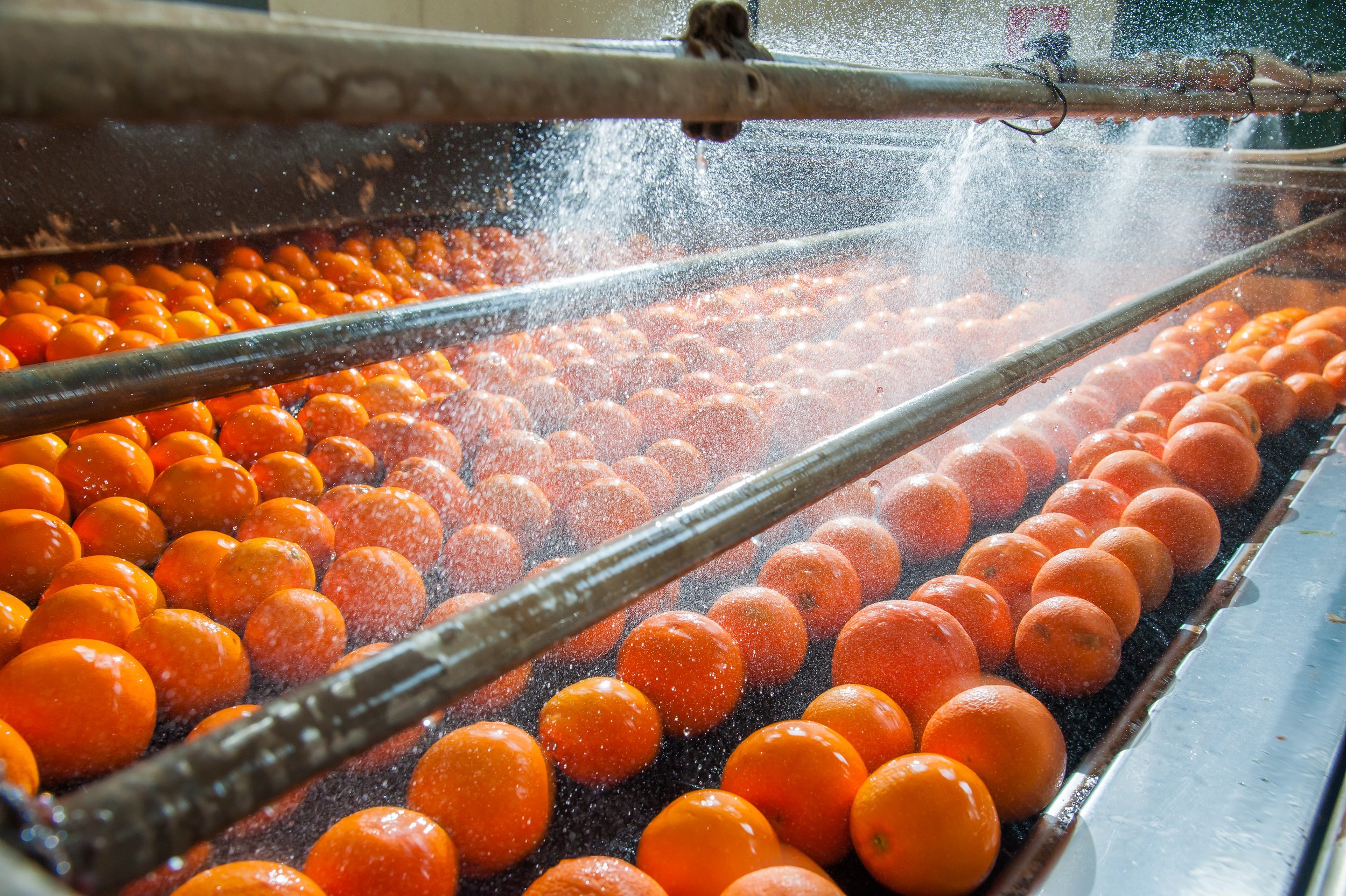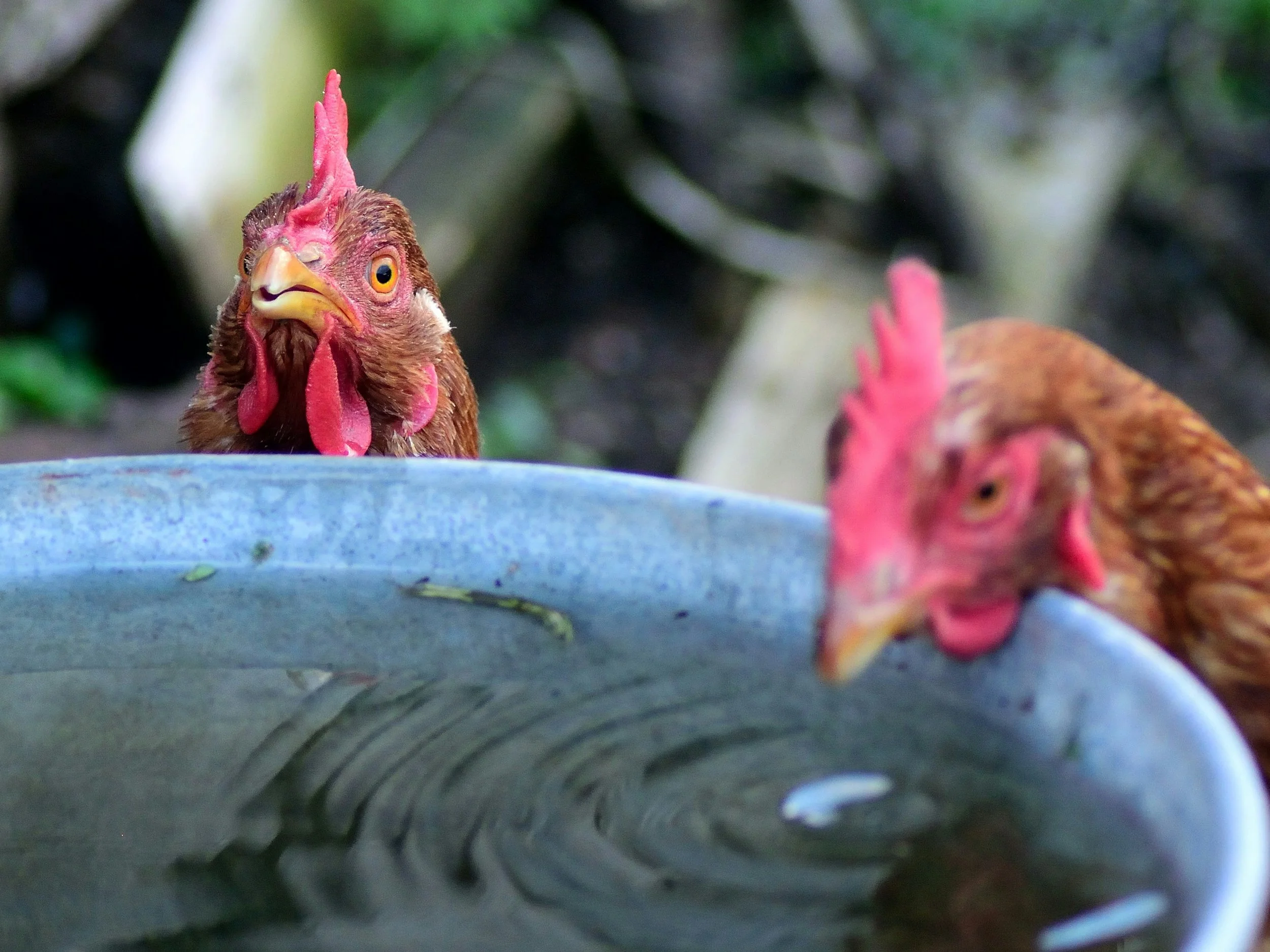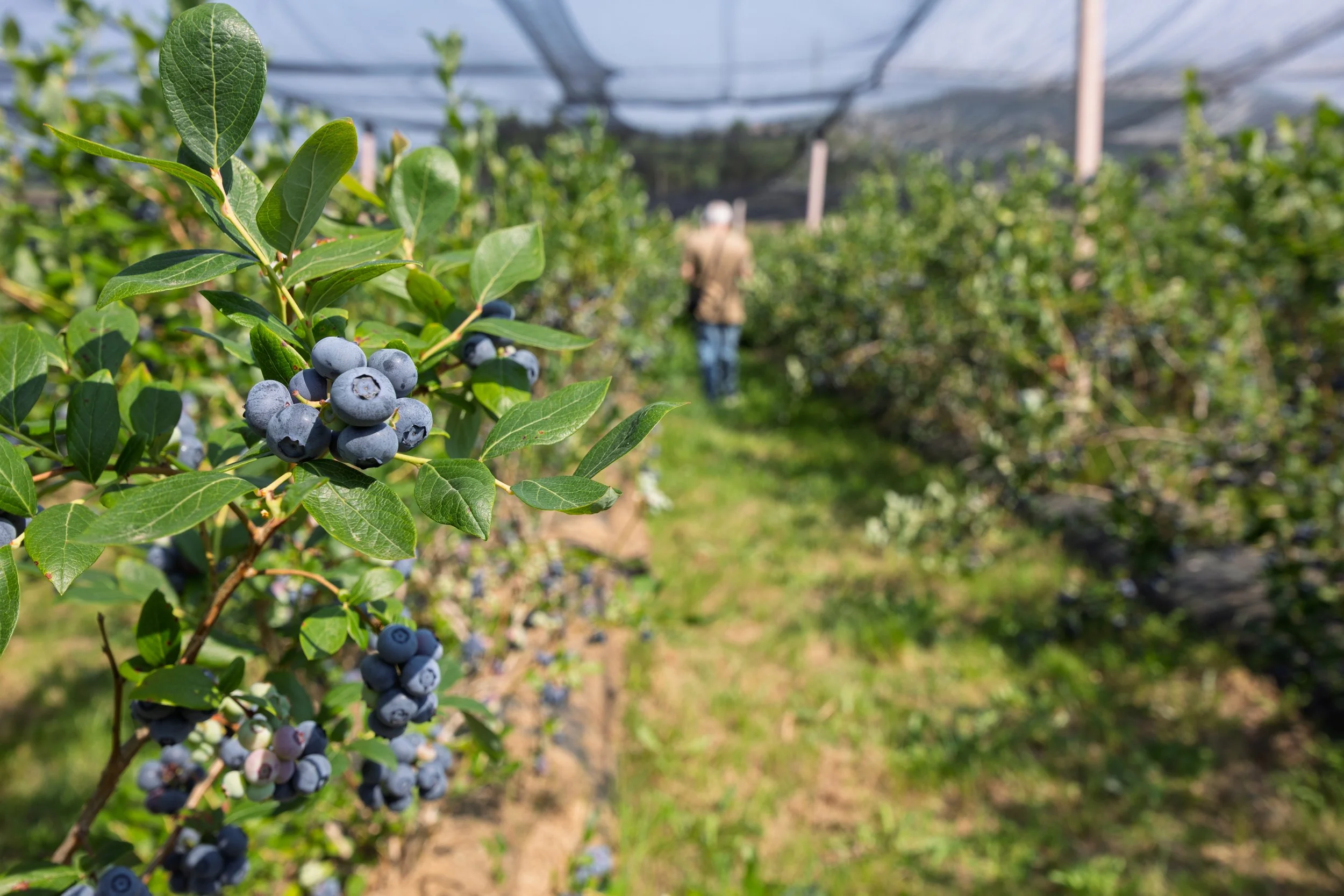From Farm to Fork: How Clean Water Impacts Food Safety and Quality
The Food and Agriculture Organisation of the United Nations (FAO) estimates that up to 5,000 litres of water are needed to produce a day’s food for one person.
However, only a fraction (0.003%) of global freshwater is accessible for drinking, industry, and agriculture. According to the World Resources Institute, one-quarter of the world’s crops are grown in areas where the water supply is highly stressed, highly unreliable, or both.
Yet the importance of clean water throughout the entire food chain is often underestimated, because it directly impacts the safety and quality of what we eat.
Why clean water is critical at every stage of food production
Water drives every stage in the food supply chain, from crop yield to a product’s export quality. But if that water is compromised it has a knock-on effect on the product, which consumers eat.
This effect could be minimal, such as a change in taste, appearance, or texture, or serious, like contracting a foodborne illness caused by campylobacter, E.coli, or Hepatitis A.
For example, water pH has a significant impact on water quality. Pollution affects pH, which in turn affects how chemicals dissolve. Heavy metals, which impact crops and are detrimental to human health, are more toxic at a lower pH level because they are more soluble. While chlorine, which is used in sanitising food processing areas and cleaning equipment, is rendered less effective against killing bacteria if the water pH is high.
Wastewater reuse in irrigation is also increasingly being used due to water scarcity, but if it’s not treated properly this can lead to food becoming contaminated with pathogens or chemicals.
If wastewater is not treated properly for reuse, food can become contaminated.
How water quality ensures food is safe to eat
According to FAO and research published in the Frontiers in Water Journal, poor food safety is directly linked to water quality in agriculture and food processing:
Pathogens (like antimicrobial resistant bacteria) and pollutants (such as heavy metals) in water and soil contribute to contamination in the food chain.
Irrigation water can be a source of contaminants linked to disease outbreaks (due to the use of untreated wastewater to cope with water scarcity).
Contamination and cross-contamination can happen if clean water isn’t used during food processing (when washing produce or using processing equipment, for example) or when clean water is reused.
Provision of quality water in markets is also essential for food safety, so sellers and buyers can maintain hygiene and sanitation.
Ensuring water quality throughout the food supply chain protects public health, meets regulatory standards, and maintains consumer trust. This is especially true in sectors like poultry and fruit production, where water plays a direct role in the final product’s safety and quality.
The importance of water quality in poultry production
Quality water is considered the most vital nutrient for poultry – it promotes bird health, growth, and overall quality of the end-product.
However, poor-quality reduces chick quality, lowers vaccine effectiveness and can become the perfect environment for foodborne bacteria like salmonella and listeria. Water is used for chilling and rinsing carcasses, which can introduce contaminants like fat, protein, blood, and faecal matter.
According to research, water quality directly affects poultry meat and egg quality. Drinking water additives can discolour poultry products, especially eggs, while contaminates can build up as toxins in fat and muscle tissues, which can be transferred into eggs by hens. In many countries, poultry products must also be washed or rinsed with clean (potable) drinking water to meet legal safety standards.
Water quality directly affects the quality of poultry and eggs.
How water quality affects blueberry production
Blueberries are shallow-rooted and salt-sensitive, thriving in acidic soil with a pH between 4.0 and 5.5. According to a report from the University of Georgia, a mature blueberry bush needs up to 11 litres of water per day, and consistent access to clean water is essential for healthy growth, high yields, and quality fruit.
If poor quality irrigation water is used, risks include:
High salt levels that cause leaf burn, damage to roots, and reduced water absorption leading to lower fruit quality.
Excessive pH or contaminates such as iron or pesticides can affect plant health and berry sweetness.
Microbial contamination (like E. coli) can also be present, which creates a health risk for consumers if the berries are not processed and washed with clean water.
To meet European Union export standards, blueberries must be free from salmonella, norovirus, and E. coli. Contamination can be avoided if clean, quality water is used throughout the production process – from irrigation to packing.
Blueberry bushes need 11 litres of quality, clean water per day.
Rethinking water in the food supply chain
As Iowa State University points out, washing, rinsing, and processing food products with clean, quality water may seem to increase costs, but doing so enhances product quality – and marketability. Clean water removes the risk of foodborne illnesses and contamination, makes produce more visually appealing, and product shelf life increases when spoilage organisms (like the ones found in soil) are removed.
Clean water is a precious resource – and a strategic business asset. From blueberries to broiler chickens, water quality determines food’s safety, quality, and ultimately profitability. Investing in water purification and treatment systems in the agricultural and food production sectors is no longer a nice-to-have; it’s a competitive advantage.
Chelsea Water’s purification, supply, and treatment solutions help food producers meet growing demand sustainably and safely. Contact Chelsea Water for expert advice and customised, fit-for-purpose installations.



